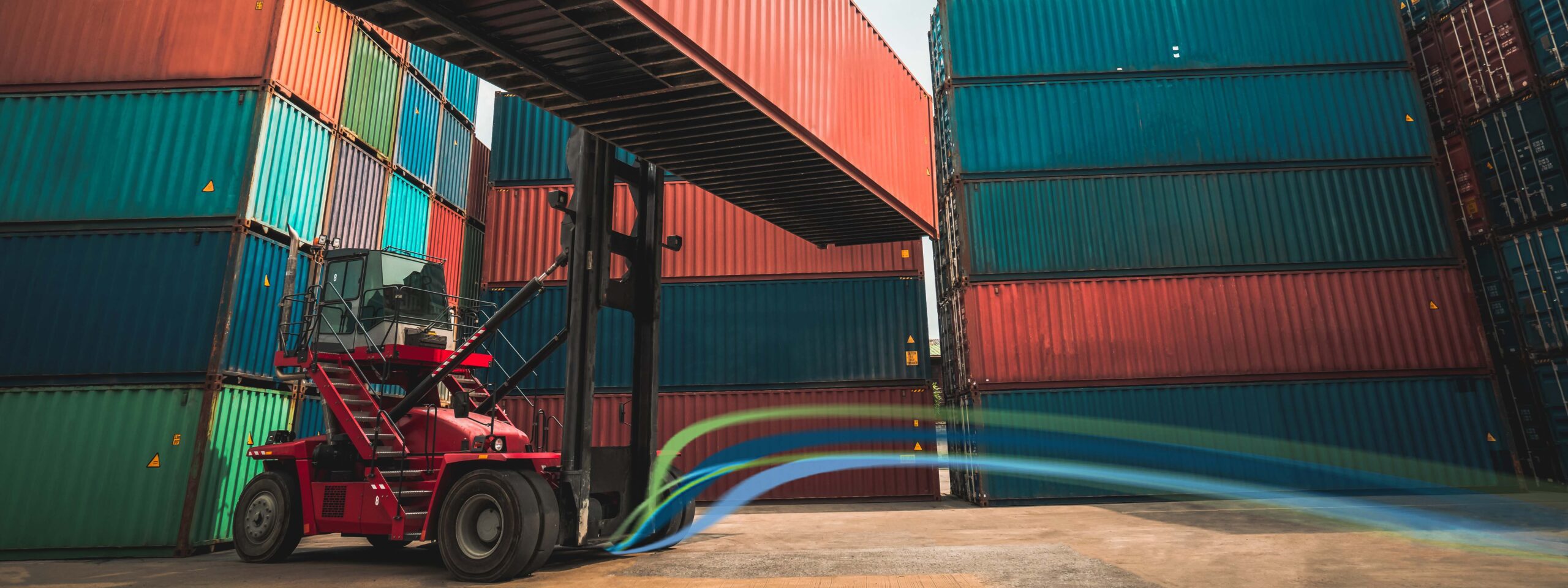For importers, the journey of goods doesn't conclude upon reaching the port. The process of safely unloading cargo from shipping containers, known as container devanning, is a crucial step in the logistics chain. Efficient devanning ensures the integrity of your products, timely delivery, and a streamlined supply chain. In this blog post, we'll explore the significance of container devanning, the key steps involved, and best practices to make this essential process a smooth and successful part of your importing strategy.
Understanding Container Devanning:
Container devanning, or unstuffing, is the process of removing goods from shipping containers upon arrival at the destination port or warehouse. It's a critical step in the logistics chain, marking the transition of goods from the international shipping phase to the domestic distribution phase. Devanning involves meticulous planning, organization, and adherence to safety protocols to prevent damage to goods and optimize the efficiency of the overall supply chain.
Key Steps in Container Devanning:
Documentation Review:
Begin by reviewing the shipping documentation to confirm the accuracy of the cargo list, packing details, and any special handling instructions.
Secure the Right Equipment:
Ensure that you have the necessary equipment for devanning, including forklifts, pallet jacks, and other tools required for handling various types of cargo.
Safety Precautions:
Prioritise safety by providing adequate training to personnel involved in devanning.
Use appropriate personal protective equipment (PPE) and adhere to safety guidelines to prevent accidents and injuries.
Cargo Inspection:
Thoroughly inspect the cargo as it is unloaded, checking for any damage incurred during transit.
Document and report any discrepancies or damages immediately.
Sorting and Organisation:
Sort the goods based on product type, SKU, or any other relevant criteria to facilitate efficient inventory management and implement an organised system for storage within the warehouse or distribution centre.
Quality Control Checks:
Conduct quality control checks to ensure that the received goods meet the specified standards.
Address any issues promptly, coordinating with suppliers or relevant parties.
Best Practices for Container Devanning:
Timely Devanning:
Aim for a swift devanning process to minimise storage costs and expedite the distribution of goods to retailers or end consumers.
Effective Communication:
Maintain open communication channels with shipping companies, freight forwarders, and other stakeholders to address any unexpected challenges promptly.
Utilise Technology:
Implement technology solutions, such as barcode scanning or RFID systems, to enhance accuracy in inventory tracking and minimise errors during devanning.
Environmental Considerations:
Dispose of packaging materials responsibly and in compliance with environmental regulations.
Consider sustainable practices to reduce the environmental impact of devanning processes.
Conclusion:
Container devanning is a critical phase in the importing process that demands meticulous planning, attention to detail, and a commitment to safety and efficiency. By adopting best practices and embracing technology, importers can turn this process into a strategic advantage, ensuring the seamless flow of goods from the port to their final destination. You not only safeguard your products but also contribute to the overall resilience and success of your importing endeavors.
Please contact us for advice or further information on your container devanning needs or visit our website.
